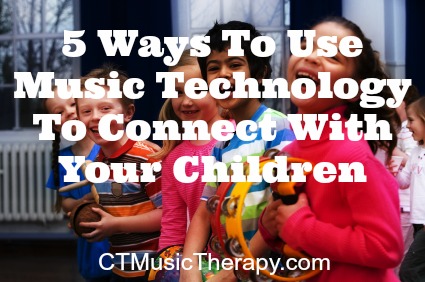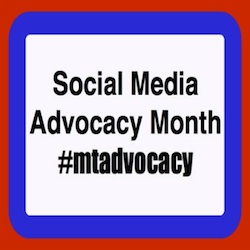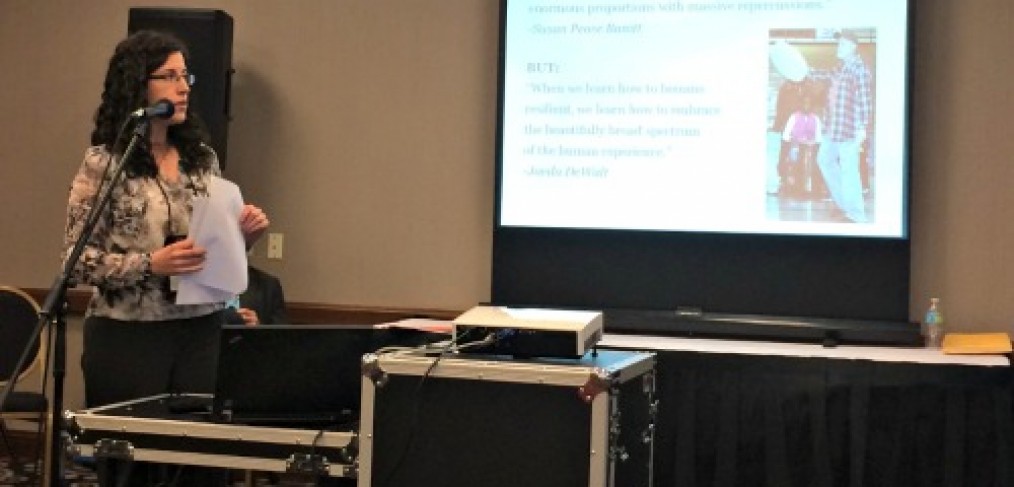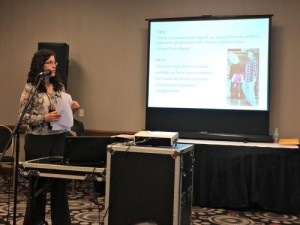This post is from our staff music therapist, Cassandra Mulchahy. She is an AMTA technology committee member and has a blog dedicated to music technology tutorials and alternative music making at www.technologyforsoundwellness.com.
*****
Technology is playing an increasing role in everyday life. It has great capabilities for developing connection, but also holds a strong risk toward isolation and disconnection. More and more, iPads are replacing televisions as an entertainment pacifier or as a reward. The American academy of pediatrics recommends that technology access should be limited to children, and relevant studies suggest that unmonitored technology use can result in decreased environmental stimuli, reduction in movement, sleep deprivation, obesity, delayed development etc. Some of this research has caught the attention of news agencies such as the HuffPost. While all of this research is certainly discouraging, please don’t lock away your iPads just yet.
What is less explored, is the use of technology to increase connection, and to provide an alternative to isolated leisure skills through interaction. Children are great imitators of our behaviors and actions. By modeling and exploring music technology with your child,you can help them learn to use technology in a collaborative way, and help them to develop healthy coping skills. In addition, this may result in a stronger the creative bond between you. Here are a few ways I use music technology to foster connection in my practice:
- Melody Turn Taking – Using instrument apps on tablets, phones, or even GarageBand on a Macintosh computer, take turns playing simple melodies to each other. This simple activity can be done in as little 30 seconds and can even aid in basic social skill development and impulse control. Let your fingers do the singing!
- Be your own DJ – A tool as simple as a radio, your favorite Mp3, or as advanced as the App ‘Launchpad’ by Novation can enable you to creat your own impromptu dance party. Sprinkle the celebration with lots of stops and starts in the music for a more interactive twist.
- Create a digital MixTape – If your child is able to help you select songs, building a playlist to commemorate seasons, or celebrations. Try creating a ‘best of 2014’ playlist to listen to on your next long car ride, snow day or play date.
- Compose music fearlessly – We are so fortunate to be living in an era where home recording is available in our pockets. Use ‘voice memos’ to capture silly songs your children create. ‘Garage band’ and ‘music studio’ can also be used to make full band arrangements without any musical training. Take turns with your child recording instruments, selecting loops and incorporating your unique vocal stylings.
- Relax together – There are hundreds, if not thousands of relaxation apps, sounds, pictures that can be useful in reducing anxiety, redirecting frustration, and aiding in sleep. Use media to inspire calming stories, or talk about the details of images or audio you explore together. By exploring this pairing of imagination and mixed media, you empower your child to develop healthy coping skills early in life.
Happy music making!
Cassandra Mulcahy, MMT, MT-BC





